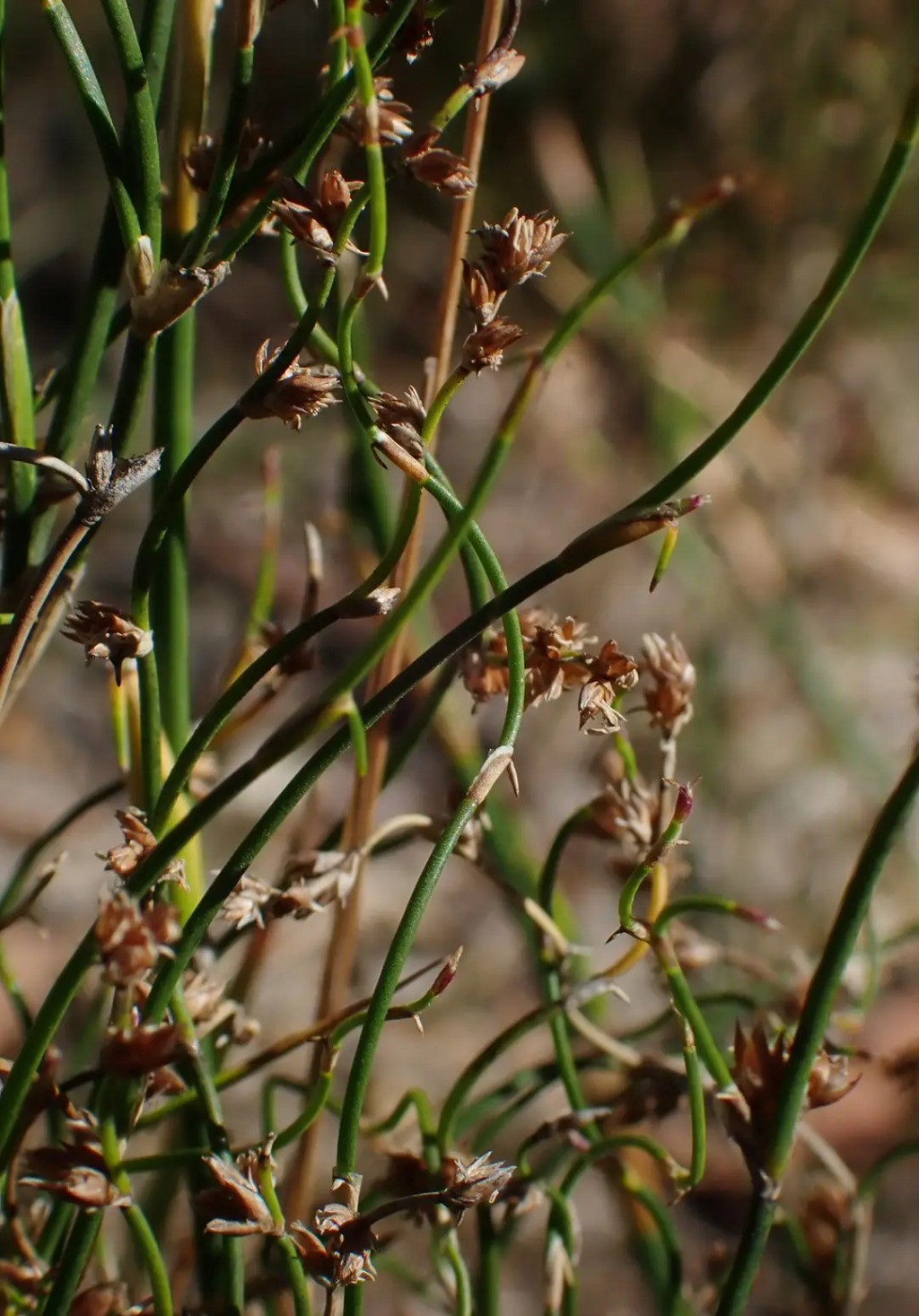Lepyrodia flexuosa
Twisting Scale-rushContr. New South Wales Natl Herb. 3: 224 (1963)
Taxonomic status
Accepted
Occurrence status
Present
–
endemic
Origin
Native
Degree of establishment
Native
Threat status
FFG:
Vulnerable (VU)


